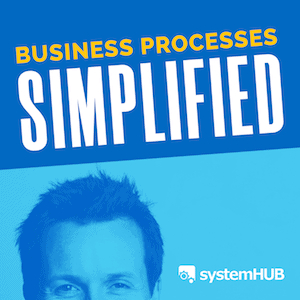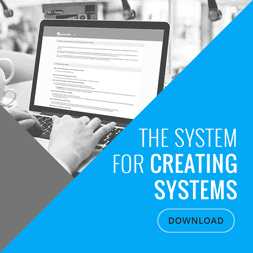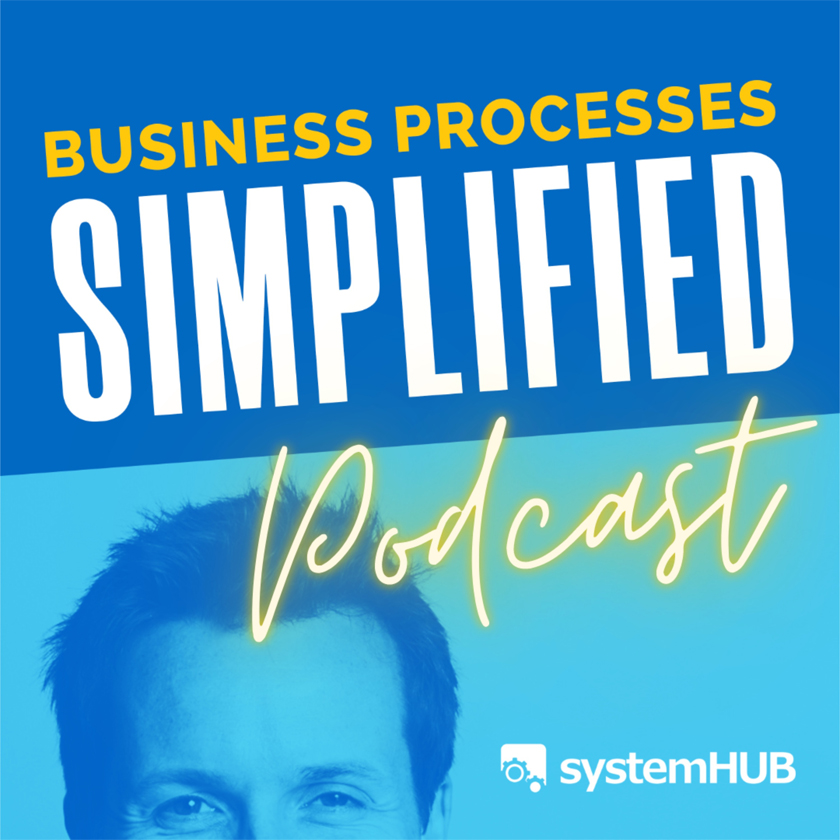PODCAST: S3:E06
Today’s Guest, Shannon Smit
Shannon Smit is the managing director of Smart Business Solutions, an award-winning boutique accounting and financial planning firm based in the Mornington Peninsula. With over 17 years of experience in the industry, Shannon is recognized as a leader among her peers in Australia. She has successfully embraced new technologies and trends, particularly in the AI space, transforming her firm’s operations. Shannon is also the organizer of the B.I.T.E. conference (Business Innovation Technology and Efficiency), focusing on helping small businesses adapt and thrive in the changing business landscape.
Interview Takeaways:
1. The Purpose of Finance Systems in Small Business
The finance department serves several critical functions beyond mere compliance. It ensures money flows through the business properly, enables effective cash flow management, provides financial clarity, and supports strategic decision-making. While large businesses have specialized teams handling different financial aspects, small business owners often juggle all financial responsibilities themselves, including accounting, payroll, accounts receivable, income tax, financing, cash management, GST, accounts payable, and debt management.
2. The Seven Essential Finance Systems
Shannon identified seven key systems every small business should implement in their finance department:
- Bookkeeping and accounting platform (preferably cloud-based for real-time information)
- Invoicing and debtors process (timely invoicing and automated follow-ups)
- Accounts payable (managing bills and cash flow planning)
- Payroll and superannuation (efficient processing and compliance)
- Cash flow forecasting and planning
- Reporting and KPIs (establishing a monthly reporting rhythm)
- Compliance management (organizing tasks by daily, weekly, monthly, quarterly, and annual requirements)
3. Systemizing Your Bookkeeping and Accounting Platform
Selecting the right accounting software is crucial for small businesses. Cloud-based platforms like Xero or QuickBooks enable automation and reduce repetitive tasks. These systems increasingly incorporate AI functionality to streamline processes. Shannon highlighted Xero’s AI assistant “Jacks,” which can perform complex tasks like identifying overdue invoices, sending follow-up emails, and adding late fees through simple conversational commands, significantly reducing the manual work involved in financial management.
4. Efficient Invoicing and Debtor Management
One of the biggest improvements small businesses can make is implementing timely invoicing. Many business owners delay invoicing, which directly impacts cash flow. Shannon recommends having a clear process to ensure all products and services are invoiced promptly, setting clear payment terms, using automated reminders for overdue payments, and establishing a systematic follow-up protocol. This approach should include automating initial reminders, scheduling person-to-person calls for persistently late payments, and potentially offering early payment discounts.
5. Strategic Cash Flow Management
Cash flow is critical to business survival – even profitable businesses can fail due to poor cash flow. Small business owners should know their current bank balance, track scheduled payments for the next four weeks, maintain an updated cash flow forecast, and systematically chase overdue invoices. Shannon recommends building a cash buffer of 1-3 months of expenses to handle unexpected shortfalls, prioritizing key payments like payroll and essential suppliers, and conducting annual reviews of expenses to identify subscriptions or services that could be downgraded or canceled.
6. Effective Reporting and KPI Monitoring
Even if business owners don’t love accounting, they should regularly review financial reports to improve decision-making. Shannon suggests examining profit and loss statements (comparing actual versus budget and year-on-year figures), reviewing balance sheets, and monitoring key performance indicators like gross margins, accounts receivable days, accounts payable days, wages as a percentage of revenue, and the cash conversion cycle. Most accounting software offers built-in reporting tools that make this analysis accessible with minimal effort.
7. Practical Implementation Strategy
Shannon recommends a methodical approach to implementing finance systems:
- Start by identifying the skeleton of key financial tasks
- Assign tasks on a daily, weekly, monthly, quarterly, and annual basis
- Document standardized processes for each task (using tools like systemHUB and Loom)
- Integrate automation tools where possible
- Begin with one system that will make the biggest impact (often accounts receivable)
- Set realistic goals and timeframes (typically a three-month project timeline)
- Test each system with someone unfamiliar with the function to identify gaps
8. The Benefits of Systemized Finance
Properly systemizing financial processes delivers multiple benefits: improved efficiency, reduced errors, enhanced scalability, better decision-making, and significant time savings for business owners. Shannon shared her personal experience of systematizing her firm’s finance department, enabling her to delegate tasks effectively—even to non-accountants like her university student son. This freed her time to focus on higher-value activities while maintaining strict financial control and visibility across her business.
Thank you for listening!
Thanks for joining us for this episode. Do you have any questions or feedback you'd like to share? We'd love to hear it! Let us know in the comments section below.
If you enjoy listening to this podcast, please share it on Facebook and leave an honest review on iTunes. We'd love to know what you think.
Remember - the next system we share could be just the one you been looking for, so subscribe on iTunes so you can get the latest episodes as soon as they’re published.

About The Show
Business Processes Simplified
We interview industry experts and have them share their best small business systems and processes. This is the quickest, easiest and most efficient way to build a systems centered business.













